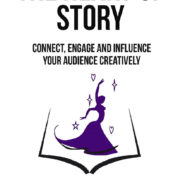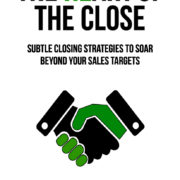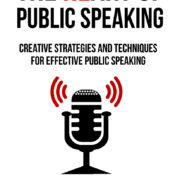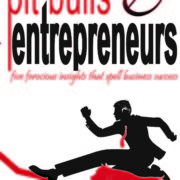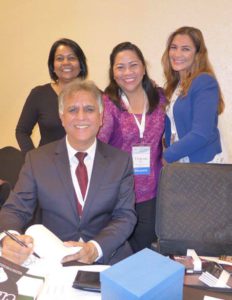Measure Twice, Cut Once
Like many families during the partition of India and Pakistan in 1947, my Dad and his family had to give up their estates, their businesses, and their heritage to move to India.
After being homeless and hopeless and moving from one city to another, he settled down in small-town Pune and went into the business of making school bags to support us.
Way into the 1970s, he was still in the same business. His business involved buying scrap from large fabric mills in Mumbai, cut them by hand at home, and then farm them out to cottage-based workers to assemble. The bags were pretty, colorful, light, and inexpensive. They were also a rage with the followers of John Lennon in quaint little Pune. The income was meager but it supported a growing family of five kids. Some of us even made it to college because of hand-made byDad.
At times, at home, my siblings and I helped out in trimming, buttoning, folding, and bundling the bags by dozens so Dad, helped by elder brother could bring them to market. More than trimming, buttoning, and folding the bags, I was awed by how Dad could, skillfully and gracefully, hand-cut dozens of them every morning. I begged to be taught how to cut. He consented and my training began. I was eager to zip, zap and zoop with my scissors and pile up cut goods like he used to but he’d keep asking me to flatten the fabric, align it correctly and measure carefully. “Measure Twice, Cut Once,” he’d say every time I hurried to pick up the heavy steel scissors and chop away at the fabrics.
Even though he hadn’t licensed me yet to cut goods on my own, one Sunday morning while he was out, I picked up a pile of fabric and began to chop away hoping to impress him when he got back. When he did get back and laid his eyes upon my handiwork, instead of a smile crossing his face, his jaw dropped and his eyes hardened against mine. As I looked into his eyes I knew something had gone wrong. I quickly picked up the measuring tape, checked the cut goods and my heart sank. The front of the bags did not match the back of the bags and the sides were all tilted. When I looked up at him with shame his eyes softened and he said, “Measure Twice, Cut Once the next time around.”
Years later, I put up a factory, shipping garments to customers across the world. Except for the original patterns on paper, all other bulk work was computerized and cut by machines. This, of course, did not guarantee flawlessness and perfection but it saved time and money and enhanced quality. All through those days of turning around tons of goods, my silent mantra to myself used to be “Measure Twice, Cut Once.” By these days of my adulthood, Dad had, of course, moved on in life but at every achievement of mine, I’d feel him smiling at me from the skies.
Staying with the principle of Measure Twice, Cut Once helped. It cut down costs, cut down errors, and rework. It built a culture of caution, precision, and quality consciousness at work.
Beyond the production floor and the workplace, the idea of thinking through twice before taking all decisions helped. No, it did not lead to analysis paralysis but it created a cross-check and kept decision-making objective and in perspective.
In matters of health, I thought twice about having that second glass of wine before driving. I thought twice about adding that second spoon of sugar to my cup of tea and I thought twice about skipping the gym and spending time on the couch watching television.
In matters of wealth, I thought twice about indulging in toys for big boys. I thought twice about that extra pair of shoes just because they looked like something I’d always wanted. I thought twice about investing in ventures that seemed shaky or shady and I thought twice about making or accepting promises that seemed hard to keep from the very start.
In matters of relationship, I took extra care before hitching my wagon onto somebody else’s horses. Also, once I went into a relationship I did not just snip away at the threads without fully thinking through with my head and heart about the matter. Measure twice, before you cut once, I’d say to myself while sorting things out.
All this did not guarantee an error-free life but it did reduce regrets and lessened correcting things that do go wrong at times. All this also did not squash spontaneity, creativity or the spirit of adventure in life.
Given that, I do invite you to go veer out onto the edge of living. I also urge you to go stretch your limits to the maximum. I also invite you to bungee jump but make sure that the harness and safety string is in place more than just once. Yep, Measure Twice and Cut Once, is not just a great idea for carpenters and tailors but works fabulously for family and business heads, bankers, inventors, and entrepreneurs of all kinds.
Now before I post this, I will make sure to read it twice before I hit ‘upload.’
Enjoy!






